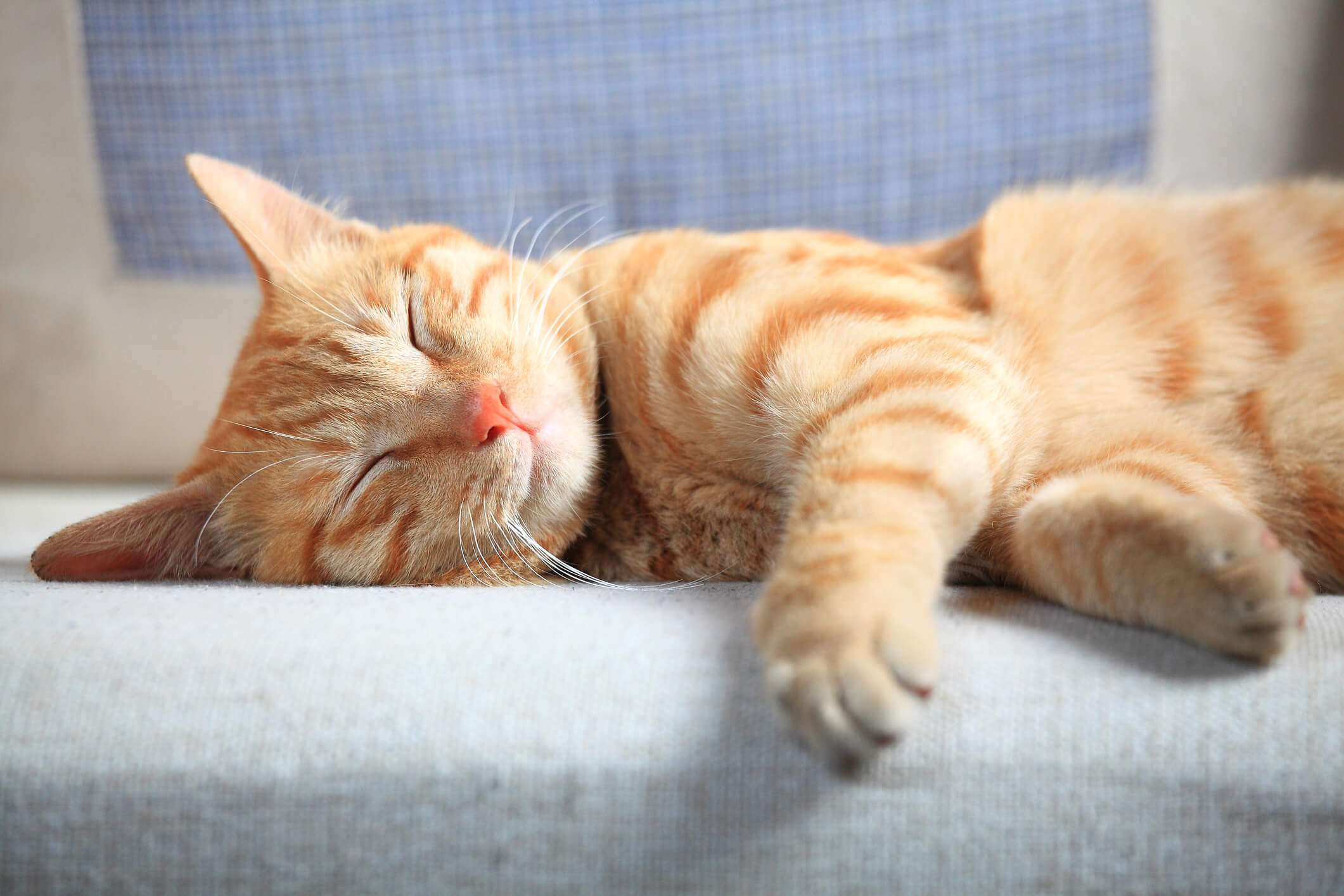
8 Lesser-Known Signs of Arthritis in Cats
For years, pet owners and vets failed to see the signs of arthritis in cats. One common misconception about our feline friends is that if they don’t display overt signs of pain, they must be fine. The truth is that cats are as much at risk for developing arthritis as dogs—they just have different ways of showing it.
Cats excel at masking their discomfort. But thankfully, these masters of deception reveal the presence of arthritis in other ways. Here are some telltale signs that could indicate your senior kitty is living with arthritis:
- Aggressive behavior: Owners are often taken aback when their sweet, angelic kitty suddenly acts aggressive whenever they pet or handle the cat. Your cat might also snap at other household pets who want to wrestle or play. A change in temperament usually goes hand in hand with arthritis because physical interactions trigger joint pain. Hisses and bites are your cat’s way of protecting themselves from painful flare-ups.
- Matted fur and long claws: Cats with arthritis groom less frequently because they’re suffering from restricted mobility. Arthritis pain makes it more difficult for them to twist around and reach certain areas of their body. As a result, your might start to notice mats in the cat’s fur from lack of grooming. The cat will likely also have overgrown nails due to lower activity levels and because using a scratching post can put stress on swollen joints.
- Lounging in a single spot: Arthritis discourages senior cats from climbing the stairs or jumping onto high perches. You can tell when a cat has developed arthritis because they’ll usually stick to lower resting areas that are easier to access. Arthritic cats lose interest in exploring their home, which means you’ll often find them hanging out in the same room.
- Eliminating outside the litter box: Cat owners make the mistake of dismissing inappropriate elimination as bad behavior. However, well-trained adult cats might refuse to use the litter box when they’re suffering from a physical ailment. Arthritis could be the reason for this change in behavior, because restricted mobility makes it difficult to climb over the edge of the litter box. It’s important to note that arthritis is just one of many possible explanations for inappropriate elimination, and you should consult a vet for a proper diagnosis.
- More time spent resting: Cats are known for curling up on the couch all day long. Arthritic kitties sleep more frequently than the average cat, which often goes unnoticed because owners expect a ton of laziness from adult cats anyway. Painful joints make arthritic cats avoid play time, which leads to more sleeping. If your cat regularly ignores your attempts to keep them active, schedule a trip to the vet to see if arthritis is to blame.
- Weakened leg muscles: Arthritis can serve as the catalyst for secondary health problems. Over time, arthritic cats degenerate into muscle atrophy. This condition occurs when cats stop using a specific muscle group. The leg muscles become atrophied because cats with arthritis avoid activities that put stress on their joints. Muscular atrophy often develops in the hind legs, so they might appear thinner than usual.
- Hair loss around swollen joints: Cats with arthritis often lick or chew affected joints because of the pain. Excessive grooming at specific areas can result in hair loss and inflammation. Although cats are good at hiding their pain, owners might start to notice their cats gnawing at leg joints to ease some of the discomfort. Upon close inspection, you’ll see bald patches in spots where the arthritic pain is most prominent. Skin irritation can also result from allergies or infection, so visit your vet to rule out other potential causes of hair loss.
- Walking with poor posture: Arthritis doesn’t always develop in the legs. Some cats experience discomfort along the spine, which puts stress on the neck muscles. Spinal issues cause the head to droop, resulting in a hunched back. Cats may not yelp in pain, but the way they carry themselves speaks volumes about what they’re hiding from you.

Cats with arthritis don’t want you to know they’re in pain. Survival instincts force them to act healthy because pain is a sign of weakness. However, if you look close enough, the signs of arthritis will slowly begin to unfold. Remember that cats exhibit arthritis in different ways, so never hesitate to get a second opinion from your vet. They’ll provide an accurate diagnosis so your kitty can get on the road to a pain-free life.


